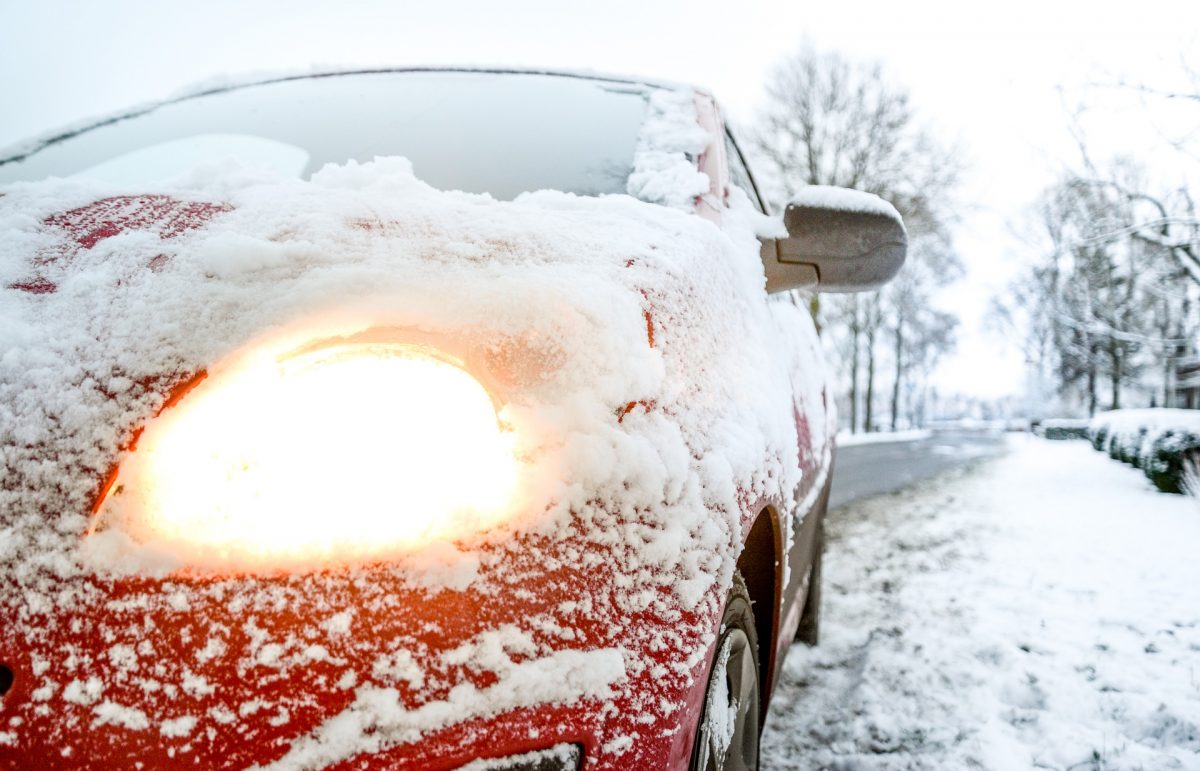by P. Hout
Throughout the midwest, and particularly in Iowa, the winter months can be unpredictable. Winter months are normally considered December, January, and February, however, snow can be on the ground until March or April. The average temperatures in northwest Iowa in the winter fall between 5 degrees Fahrenheit to 34 degrees Fahrenheit. Even though many people first learn to drive in Iowa during winter months, they might not know all of the necessary different winter safety tips.
The Iowa Department of Transportation (IDOT) recommends you prepare your vehicle for the winter. These preparations may include getting your battery strength tested (can be done at any automobile shop), inspecting your exhaust system, inspecting the air, fuel, and emission filters, checking the cooling system, checking the windshield wipers, and antifreeze fluid levels, getting your oil changed, making sure hoses and fan belts are working properly, checking the tire pressure, tread life, and inspecting your wiper blades to make sure they are functional and in good condition.
It is also recommended by State Farm Insurance that you prepare a winter survival kit to help you if you ever get stuck in your car. Some items you might include in this kit are a first-aid kit, a cell phone charger, an ice scraper, a brush, blankets, warm clothing, water, and non-perishable foods (example can food).
As well as being prepared and having different items you may also want to know different winter safety tips. When you start driving you always want to start by clearing frost, snow, and ice from all of your windows and the exterior of your car. You also want to make sure that you are never warming your vehicle up in a closed garage as this could lead to a variety of different carbon monoxide problems and can lead to carbon monoxide poisoning which can be life-threatening. Before leaving you should check the weather and the road conditions to make sure that it is safe for you to leave. When driving you want to make sure that you allow more time for braking and always leave early enough to allow enough time to get to your location safely.
If you ever find yourself stranded in the winter you should always stay inside of your car with your hazard lights on to let people know that you need help as well as calling 911. You should also drink enough fluids to keep hydrated, clear your tailpipe to prevent carbon monoxide buildup, and run your engine for about ten minutes every hour to keep your car warm. Be assured that help is on the way and to stay calm and not panic.

